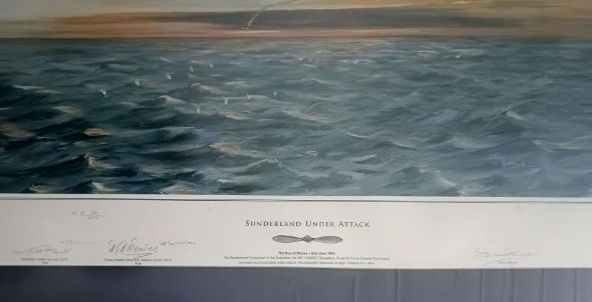Where Environmental Concerns and Security Strategies Meet: Green Conflict in Asia and the Middle East (1994) By James A. Winnefeld, Mary E. Morris
This report explores the intersection between environmental issues and national security strategies. Our interest is in how "green" issues may lead to international conflict, either as underlying causes or as catalysts. To narrow this inquiry, we undertake two broad-brush regional case studies in an effort to demonstrate the linkage between environmental issues and armed conflict. The regions chosen are the Middle East and the Pacific Rim.
There has been a continuing failure in communications between the national security and environmental interest communities. Our intent is to identify areas of common interest and outline implications for future policy agendas. We believe that one of the principal reasons for the divergence between the two communities is the bifurcation of the time horizons of interest. The national security analyst focuses more on the mid and short term, and, looking around, sees few conflicts in today's world that are the result of environmental damage. The environmental analyst takes a longer view and asserts that today's environmental damage nearly guarantees future conflict. The two communities are starting to come closer together because the accelerated pace of environmental damage has moved the security fallout from that damage from the long term to the mid and short term.
We use two analytic devices to facilitate linking security issues and environmental problems. We start with a matrix with axes that list projected security issues (e.g., a renewal of the Korean War, conflict over water supplies in the Middle East) and the sources of environmental degradation (e.g., deforestation, degradation of agricultural land). We then examine each cell in a summary fashion to suggest the likelihood of the environmental phenomenon being assessed, the possibility of environmental antecedents to acute conflict, and so on. To assist in this assessment, we use a modification of a conflict causality model developed by Thomas Homer-Dixon. The analysis of Middle East environmental sources of conflict is based on a regionwide appraisal that suggests common features of the problems. The analysis of the Pacific Rim uses two particularly important case studies suggested by illustrative values in the environment-security matrix. The latter analysis takes a closer look at the future possibility of environmentally based conflict in China and Indonesia.
There is a linkage between environmental degradation and armed conflict that, while always faint, is now becoming more apparent and "actionable." That linkage is based on the relationship among the environment, economic productivity, and population growth and their combined effects on domestic political stability and its spillover into the international arena. Our analysis suggests the following implications for U.S. policy and strategy.
Of longer-term concern is the situation in Southeast Asia. These states—Indonesia stands out as the most worrisome—are systematically harvesting their resources without adequate replacement and attempting to modernize their economies, while failing to rein in population growth. With Japan and the Asian "Tigers" already in position to exploit markets for finished goods, one wonders how these would-be tigers will manage to gain market share for their fledgling industries without prompting or engaging in destabilizing economic warfare (or worse) with their neighbors.
- Soft Cover
- 114 pages
- In Fair to Good Condition






























